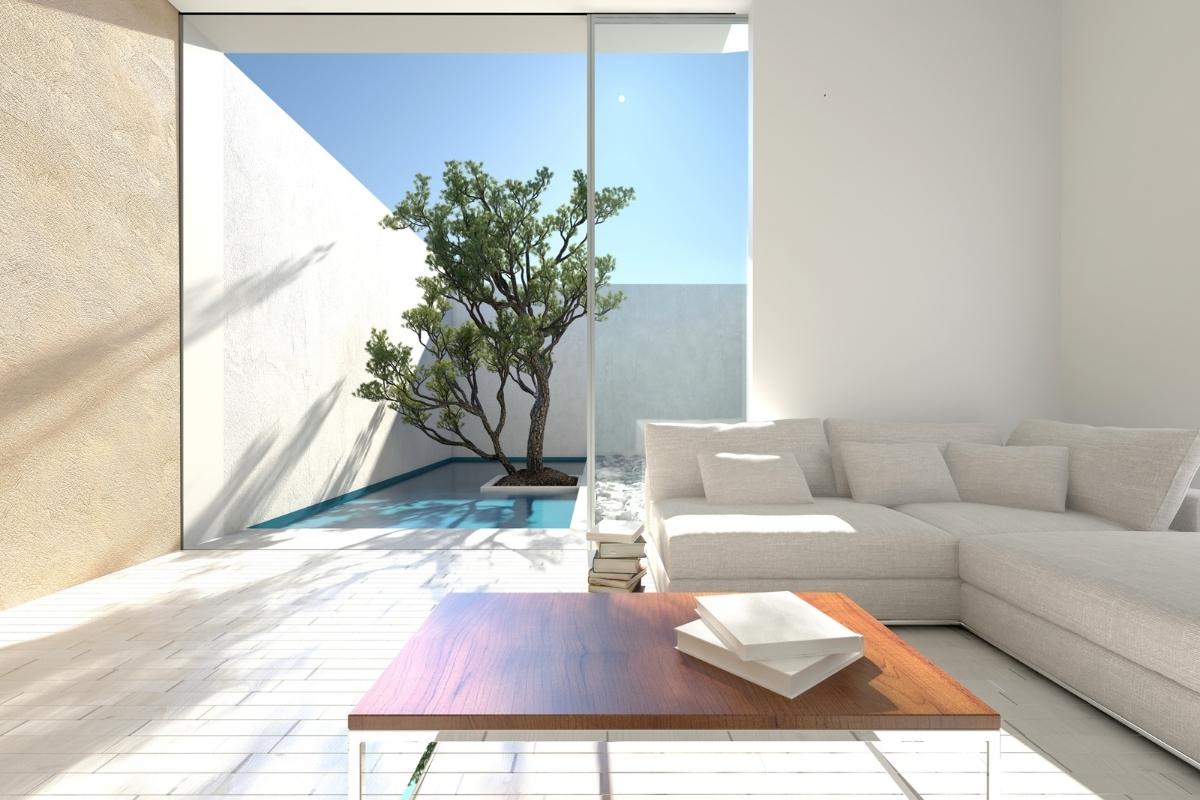Whether you are doing interior décor or landscaping, having the knowledge of how light looks indoors and outdoors can give you an advantage in picking lighting solutions. It is in the public domain that if you mix red, blue and green colors, you get a brownish color. However, when you mix red, blue, and green light, you come up with white. The difference may be strange but it is due to the fact that white light is a mixture of various amounts of red, blue, and green light.
When you wear a white t-shirt outside, your eyes see white and if you wear it inside, there is no change. This is because irrespective of where you wear it, your eyes see the same white.
The Kelvin Scale
The color of light is measured through the Kelvin Scale. This is a scientific temperature scale used to measure the temperature of objects. Compared to the Celsius and Fahrenheit scale, Kelvin scale doesn’t have negative numbers. It begins at absolute zero. For instance, if you heat a carbon rod, it will start glowing orange at about 3,200 Kelvin. Greenish and blue glows are emitted at 4,800 and 5,600 degrees Kelvin respectively.
Your living room could be having incandescent lights which emit low color temperatures of about 2800 to 3400 degrees Kelvin. This light will have a yellow to orange cast. If you walk into an office that is lit with fluorescent tubes, you will see green light. Fluorescent light has a color temperature that ranges between 3400 and 4800 degrees Kelvin. This depends on the type of bulbs used in the fixtures.
Outdoor light, on the other hand, has a blue tint. The temperature of its color averages 5600 degrees Kelvin and can range anything from 5200 to well over 12000 degrees Kelvin. The color temperature of outdoor light is dependent on a number of factors including the angle of the sun, the time of day, and the cloud cover.
Mixed Light
At times, you may find yourself dealing with light that is shining through windows which is then mixed up with light from fluorescent tubes and desk lamps. The easiest way when dealing with this light is to remember the basic color temperatures. Using a color-correction gel, you can easily convert indoor lights to outdoor color temperature lights. For instance, placing a color-temperature-blue gel right in front of the lighting instrument will make the light coming through the blue gel match the color temperature of the light outdoors.
If you want to use outdoor light and you want the warmer tones of indoor light, you can cover the window with color-temperature-orange gel. This gel will reduce the intensity of light without interfering with its color temperature.
Understanding how light varies from the indoors to the outdoors will help you in striking a balance that would bring out the desired qualities of your interior décor and landscaping. It will also give you the freedom to work with different types of light so as to produce exceptional results.









